Exploring the Versatility of Indoor Playground Systems
Indoor playground systems are a cornerstone of modern recreational spaces, offering a diverse range of activities and experiences for children. These systems are integral to fostering active play and social interaction in controlled environments such as sports parks, shopping malls, and commercial play areas. The versatility of indoor play systems lies in their ability to adapt to various settings, providing a safe and engaging space for children to explore and enjoy.
Types and Components of Indoor Playground Systems
Indoor playground systems encompass a variety of structures and play elements. From intricate soft play design and installation to robust metal frameworks, these systems can include multiple levels with features such as slides, ball pits, and climbing walls. Materials like PVC and aluminum are commonly used, ensuring durability and safety. The components are designed to cater to different age groups and interests, making the indoor playground a comprehensive play solution.
Applications and Settings
The application of an indoor playground system is vast, ranging from small-scale setups in local community centers to expansive designs in large commercial venues. Each system is tailored to fit the space it occupies, whether it's a compact corner in a family entertainment center or a sprawling area in a sports park. The adaptability of these systems allows for a broad spectrum of uses, ensuring that they provide an inclusive environment for play and socialization.
Features and Innovations
Modern indoor playground systems are characterized by their innovative features that promote active play and creativity. Elements such as interactive floors, sensory play panels, and themed environments enhance the play experience. These features are not only entertaining but also contribute to the developmental benefits of play, such as motor skills and problem-solving. The integration of indoor play system components is thoughtfully executed to maximize play value and safety.
Materials and Sustainability
The selection of materials for indoor playground systems is critical to their longevity and environmental impact. Eco-friendly options are increasingly prevalent, with manufacturers opting for recyclable materials and non-toxic finishes. The durability of these materials ensures that playground systems can withstand the rigors of daily use while maintaining the safety standards required for children's play equipment.
Advantages of Indoor Playground Systems
Indoor playground systems offer numerous advantages, including year-round accessibility regardless of weather conditions. They provide a secure environment where children can play under supervision, reducing the risk of injury. The design of these systems often encourages physical activity, which is essential for healthy growth and development. Furthermore, the modular nature of many soft play design and installation allows for customization and scalability to suit evolving needs and spaces.
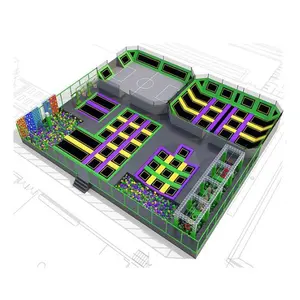




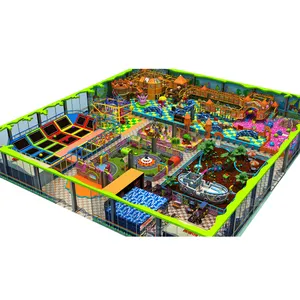





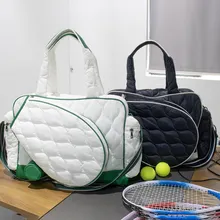




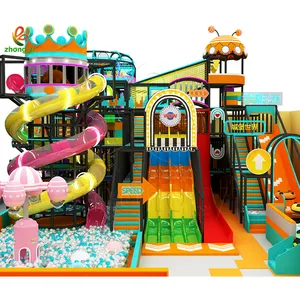
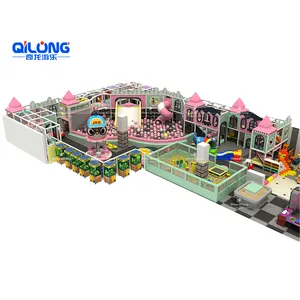
























 浙公网安备 33010002000092号
浙公网安备 33010002000092号 浙B2-20120091-4
浙B2-20120091-4